Are you sick of stumbling on Legos, falling over dollhouses, and dealing with tantrums because your child cannot find their favorite toy? If so, you are not alone. Toy rotation is a simple but effective way to clear up your child’s play area, get them interested in their toys again, and encourage more focused, creative play. You don’t have to get rid of toys; you just need to plan how to use the ones you have so that playing stays fun and new. Parents and schools are adopting toy rotation, a game-changing method.
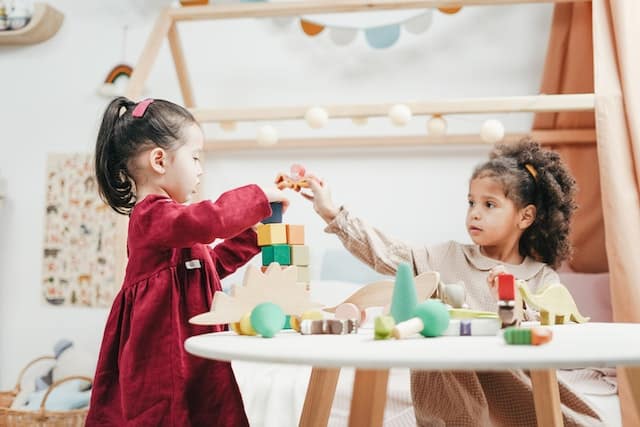
What Is A Toy Rotation?
A toy rotation is a simple but efficient approach to manage your child’s toys, keeping them engaged and interested in play while keeping your house tidy. The goal is to rotate a group of toys every few weeks and keep the remainder out of sight. Why does it work? Because things that kids see every day can get old for them, just like they do for adults. Every time you give them a new set of toys, even ones they’ve already played with, you’re giving them new experiences. The factor of surprise and rediscovery is what makes play fun.
How to Start a Toy Rotation
Pick rotation contenders: Select about 10-20% of your child’s toys that will go into the initial rotation.
Group by type: Organize rotation toys into categories like vehicles, dolls, blocks, art supplies, etc. This makes switching out easier.
Set a schedule: Rotate toys weekly, biweekly or monthly based on your child’s age and attention span.
Store outgoing toys: Use separate bins, baskets, or under-the-bed boxes for toys that are currently “out of rotation.”
Reintroduce with fanfare: When bringing toys back, make a big deal of it to create excitement. Say “Look who’s back!”
Tips For Rotating Toys
- Start small and be consistent.
- Rotate toys every 2-4 weeks, depending on age and interest.
- Include your child in the process to develop ownership and responsibility.
- Be flexible and willing to make changes as needed.
- Examine your youngster. Keep track of which toys they like and which collect dust. This will influence your rotation decisions.

Put All of the Toys in One Place
The first step in any good toy rotation is a thorough inventory. Gather all the toys from every corner of your home. Yes, even that strange plush animal that has been living under the sofa for several months. It may be overwhelming or terrifying, but it’s part of the process!
Dig Out the Obvious Offenders
As you gather toys, mark the ones that are broken, too small, or not being used anymore. These are the toys that are damaged, missing parts, or simply too old for your youngster. Be ruthless. Donate, toss, or recycle any items that are no longer useful or suitable.
Toys Ignored for Two Rotations Are Donated
As you rotate toys, note which ones are ignored. If a toy is neglected for two revolutions, it’s time to give it up. Your children will not miss anything they do not play with, and another child will have the opportunity to enjoy it instead.
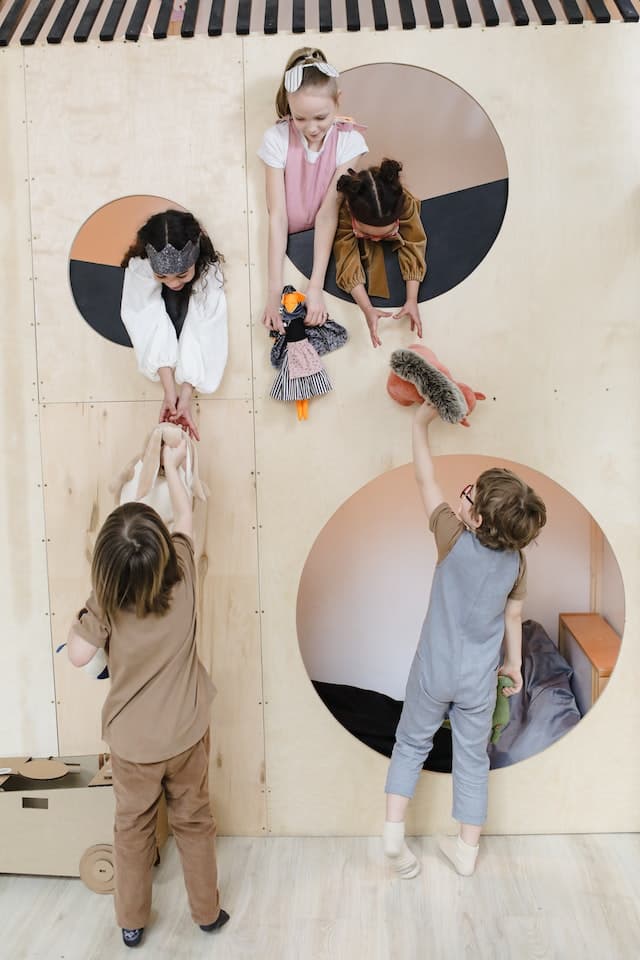
Sort the Toys Into Categories
Once you’ve purged the unwanted toys, sort the remaining ones into groups. This can be based on categories like:
- Imaginative play
- Educational toys and games
- Building toys (blocks, LEGO, magnetic tiles)
- Pretend play (dress-up clothes, play food, dolls)
- Arts and crafts
- Vehicles
- Puzzles and games
- Outdoor toys
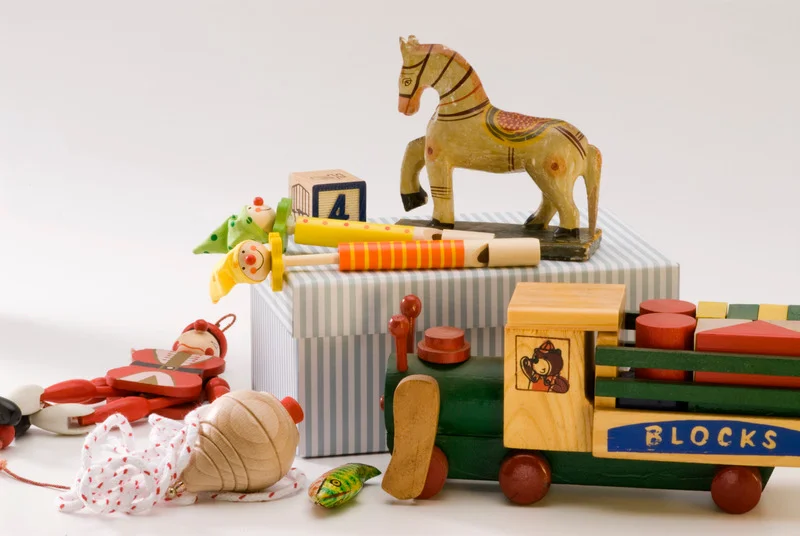
Pare Down the Toy Collection
Now comes the important part: decreasing the total amount of toys. We’re not saying you should become a minimalist overnight, but having fewer toys can benefit your child. It removes sensory overload, promotes centered play, and makes cleaning simple. Aim for a sensible quantity of toys, maybe 20 to 30, depending on your child’s age and play style. Remember to prioritize quality over quantity!
Create Toy Sets
After you’ve discovered the toy categories, choose a few toys from each to make three to six distinct toy rotation sets. When making your choices, consider how your kid will interact with the materials in them and seek for possibilities to foster creative crossover play. For example:
- Construction set: blocks, trucks, and workers
- Tea party set: tea sets, pretend food, and toy animals to play guests.
- Art studio set: safety scissors, pencils, paper, stickers, and stickers.
The idea is to develop exciting play settings that will keep your youngster interested for longer.
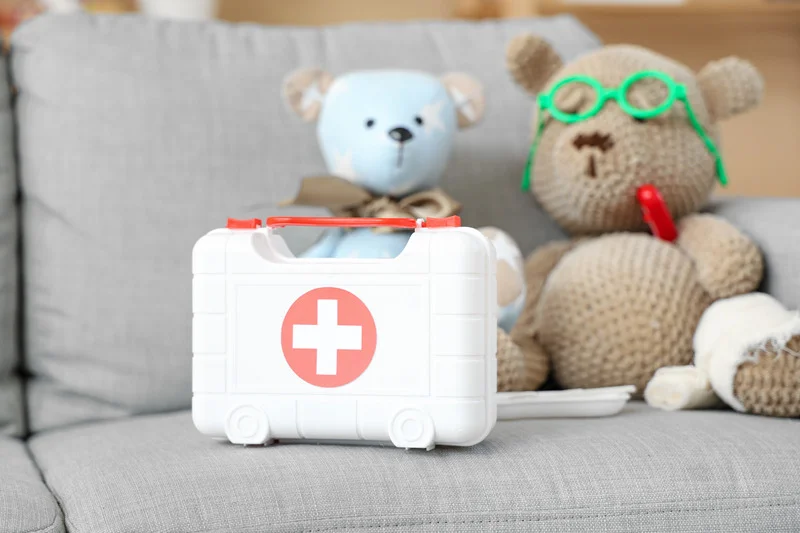
Build Your Rotation Box
Now is the moment to put your rotation system into action. Put your toy sets in some storage cases. Clear ones work best because you can see what’s inside. Get some big, clear storage bins or boxes and put the labels on them with the groups you made earlier. This is where you’ll put the toys that aren’t being used right now so that they stay new and fun until it’s their turn.
Be Willing to Make Exceptions
Of course, your child will always have a few favorite toys that they can’t live without. That is alright! Feel free to make an exception and keep those treasured toys out of the rotation. The idea is to build a balanced system that benefits both you and your child. Flexibility is essential!
Put In-Rotation Toys on Display
Make the current rotation’s toys easy to reach and visually appealing. Display the available toys on open shelves, baskets, or even in a designated play area. The Montessori method says that your child’s play place should have eight to ten activities to do.
This not only makes housekeeping easier, but it also encourages your children to interact with their toys. It’s like setting up a miniature toy store in your own house, and we all know how much kids like “shopping”!
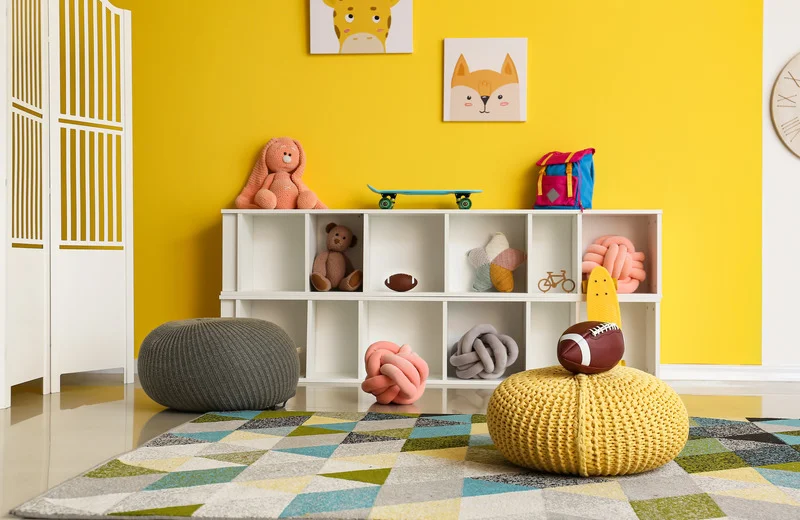
Hide the Goods
When the new toys are on display, put the old ones away. Store these in a closet, under the bed, or in a high cupboard where your kid cannot see them. This out-of-sight, out-of-mind method is critical to keeping the toy rotation system fresh and exciting. It will be like Christmas morning again when you bring them out.
Create a Rotation Schedule
Lastly, set up a timetable for rotation. This might be weekly, biweekly, or even monthly, depending on your child’s age and degree of commitment. Here are some rules that have been suggested:
- For younger children (1-3 years), rotate every 1-2 weeks.
- For preschoolers (3-5 years), rotate every 2-3 weeks.
- For school-age youngsters (6+), rotate every 3-4 weeks.
Conclusion
By carefully selecting toys and moving them in and out of your child’s play area, you create a visually appealing, clutter-free setting and enable deeper, more focused play. Your child will be totally enthralled by the “new” toys and will happily use their imaginations to make up stories and practice fixing problems. So grab your toys and prepare to experience toy rotation!
FAQs about Toy Rotation
What is toy rotation? Toy rotation is a simple solution to a common problem. Most children today have too many toys, and feel overwhelmed by choice. In toy rotation, instead of having all the toys in the house out at once, you divide them into smaller, more manageable groups and switch them around on a regular basis.
What age do you start doing rotation? There really is no right age to start toy rotation. The best practice is to start rotating toys as soon as your child begins playing with them, probably around 6 months. But this doesn’t mean that you need to run out to a store and start picking up a bunch of new toys right away.
While groupings can vary, some toy rotation categories could be building, play figures, stuffed animals, puzzles, vehicles, games, or imaginative play. A great rotation system will have toys represented from each type of play group.
Once the trash and donations are out of the room, the next phase of creating your toy rotation system is about organizing everything they play with by like and kind. Create your categories custom to what your children use: Dolls, stuffed animals, board games & puzzles, cars, play kitchen food & utensils, etc.
The number of toys you rotate depends on your child’s age and development. For toddlers, a good starting point is to have around 8-16 toys available at any given time. This number might seem small, but trust me, it’s more than enough to keep your little one engaged.
Dividing toys into smaller groups and switching them regularly, is an effective way to minimalize choices that can often overwhelm children when deciding what to play. This feeling of overwhelm often contributes to mischievous behaviour and the dreaded toddler tantrums.